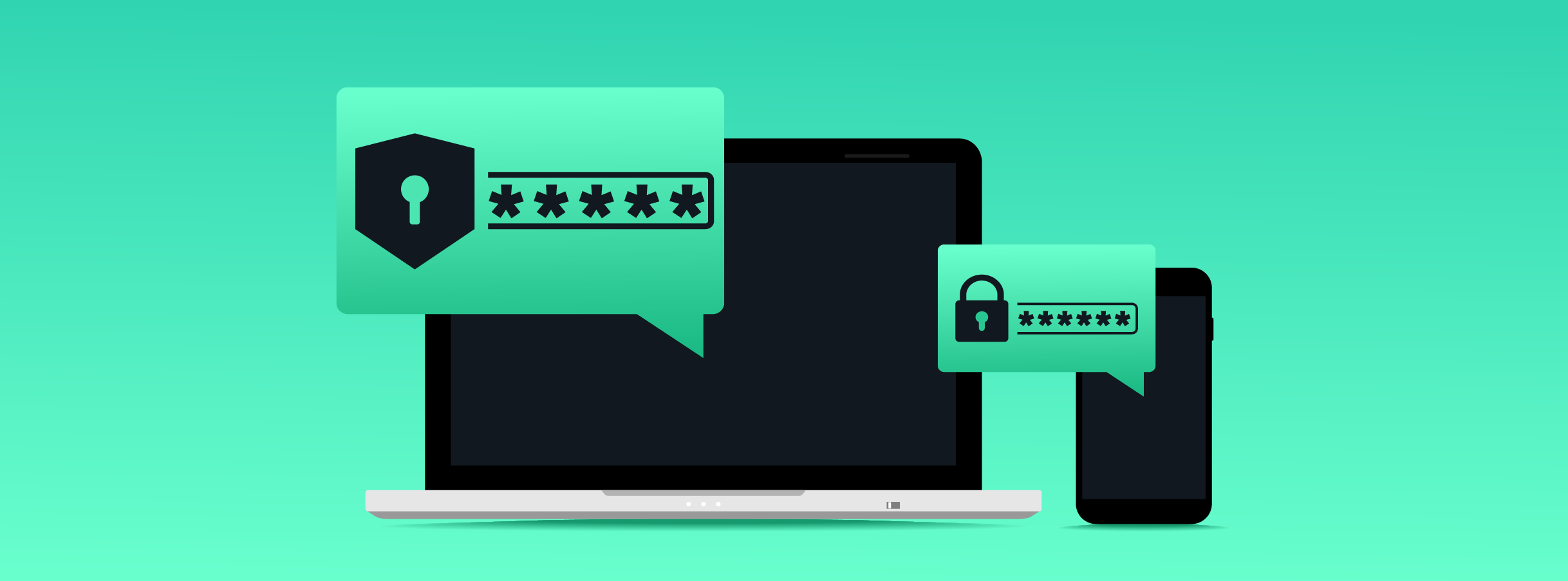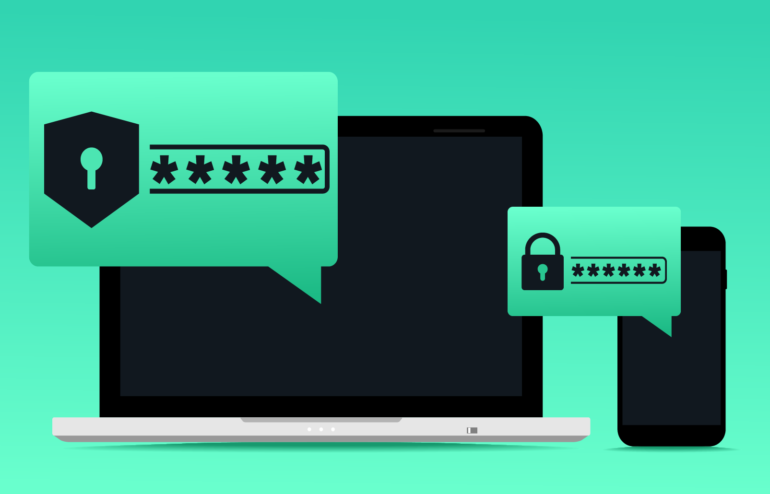Cybersecurity Insurance and Multi-Factor Authentication

Financial institutions are increasingly embracing cybersecurity insurance as an important aspect of their information security program. Cyber insurance can offer vital coverage to protect businesses from various technology-related risks. Data breach insurance, for example, helps companies respond if personally identifiable information gets lost or stolen from their computers—whether intentionally by a hacker or accidentally by an employee. Cyber liability insurance offers expanded protection to help businesses prepare for, respond to, and recover from cyberattacks.
As cybercrimes continue to intensify, more cybersecurity insurance companies are calling for organizations to employ multi-factor authentication (MFA). Some carriers are even refusing to provide insurance quotes to companies that are not using this authentication method. From their perspective, MFA adoption makes perfect sense; it keeps unauthorized individuals from accessing sensitive information, reducing ransomware, data breaches, and other cyberattacks. This, in turn, minimizes insurance claims and saves carriers money.
For insurance providers, MFA is appealing because it lowers cyber risk by requiring users to verify who they are. The individual must furnish valid identification data followed by at least one other credential: a password, one-time passcode, or physical characteristics like their fingerprint or face. This strict authentication system allows organizations to certify people’s identity—before granting them access to sensitive information, an account, or other assets—and this can significantly strengthen their security.
While MFA is heavily promoted by many cyber insurance companies, an institution’s regulators may not require financial institutions to use multi-factor authentication. However, implementing MFA for a whole internal network may not be a simple task. Depending on the solution, it may require installing agent software to all the endpoints requiring MFA and configuring appropriate “break-glass” accounts for emergency use, which creates more infrastructure to be monitored and managed.
MFA Implementation Tips
To simplify MFA implementation, Banks and credit unions can apply a sequenced strategy instead of jumping straight to the internal network. As a first step, institutions can ensure MFA is turned on for all remote-access users, including creating endpoint control policies for their devices. The next logical step would be to lock down MFA for cloud applications. This includes Microsoft Online services like M365 (formerly Office 365) and Azure Active Directory (Azure AD). These solutions come with a variety of free security features that organizations can customize to their business requirements. Even at low licensing levels, these products allow MFA to be turned on for all users—which can be highly effective for averting business email compromise and ransomware attacks. But institutions will need higher-level licensing if they want to make conditional access policies based on the specific location, identity, or device of users. Azure AD Premium P1 and M365 Enterprise E3, for example, have a variety of advanced features that allow conditional access policies to be established to enhance security.
MFA is just one layer of security for banks and credit unions to consider. We hope this post provided some insight into applying MFA for both security and insurance purposes. To learn more about this topic and other security layers, listen to our recent “Ransomware, Cybersecurity, and MFA” webinar, hosted by our Chief Technology Officer, Brendan McGowan.

